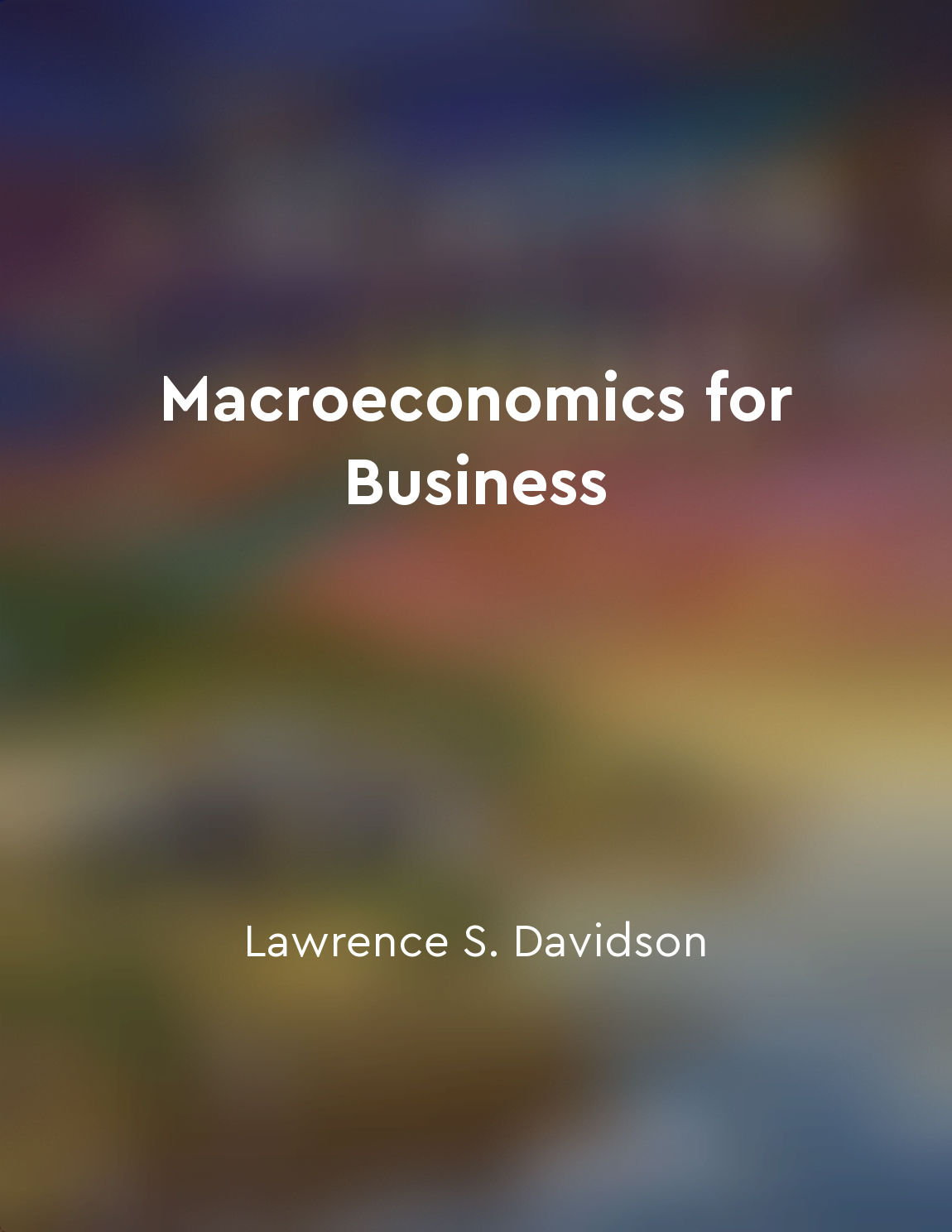Central banks control fiat currencies from "summary" of The Fiat Standard by Saifedean Ammous
Central banks wield immense power over fiat currencies. They have the authority to issue currency, control its supply, and set interest rates. This gives them the ability to influence the value of the currency and manipulate economic conditions. By adjusting interest rates, central banks can stimulate or cool down an economy, impacting inflation, employment, and overall growth. Central banks use a variety of tools to achieve their monetary policy goals. They can buy or sell government securities in the open market, change reserve requirements for banks, or directly lend money to financial institutions. These actions affect the money supply and can have far-reaching consequences on the economy. The power of central banks to control fiat currencies has not always been present. In the past, currencies were backed by a commodity such as gold, which limited the ability of governments to inflate the money supply. However, the transition to fiat currencies has given central banks unchecked authority to create money out of thin air. This ability to print money at will has led to a number of problems. Inflation can erode the value of savings and reduce purchasing power. It can also distort investment decisions and create economic imbalances. Furthermore, the temptation to print money to finance government spending can lead to unsustainable levels of debt. While central banks have the tools to manage the economy, their actions are not without consequences. Unintended side effects, such as asset bubbles or currency crises, can arise from their policies. The lack of a fixed anchor, such as a gold standard, also means that fiat currencies are vulnerable to manipulation and devaluation.- Central banks play a crucial role in controlling fiat currencies. Their decisions have a profound impact on the economy and the lives of individuals. Understanding the power dynamics at play can help individuals navigate the complexities of modern monetary systems.
Similar Posts
Financial markets are driven by supply and demand dynamics
Financial markets are dynamic, complex systems where prices are determined by the interplay of supply and demand. At the heart ...
Economic growth
The concept of economic growth is paramount in understanding the dynamics of a nation's prosperity. It is the engine that drive...

Investment decisions influenced by macroeconomic conditions
Investment decisions are not made in isolation. They are influenced by a variety of macroeconomic conditions that shape the ove...

Public goods and social services were essential for societal wellbeing
In the modern affluent society, it is widely acknowledged that public goods and social services play a crucial role in ensuring...
Monetarist theory focuses on money supply
Monetarist theory emphasizes the significance of money supply in influencing economic activity. According to this theory, chang...

Its adoption is growing worldwide
The widespread acceptance of a monetary standard is an essential factor in determining its success. The increasing adoption of ...

The Federal Reserve System is the central bank of the United States
The Federal Reserve System plays a crucial role in the United States economy by serving as the country's central bank. As the c...
Liquidity is essential for the functioning of financial markets
The ability to buy or sell financial assets quickly and without significantly affecting their prices is known as liquidity. Liq...

